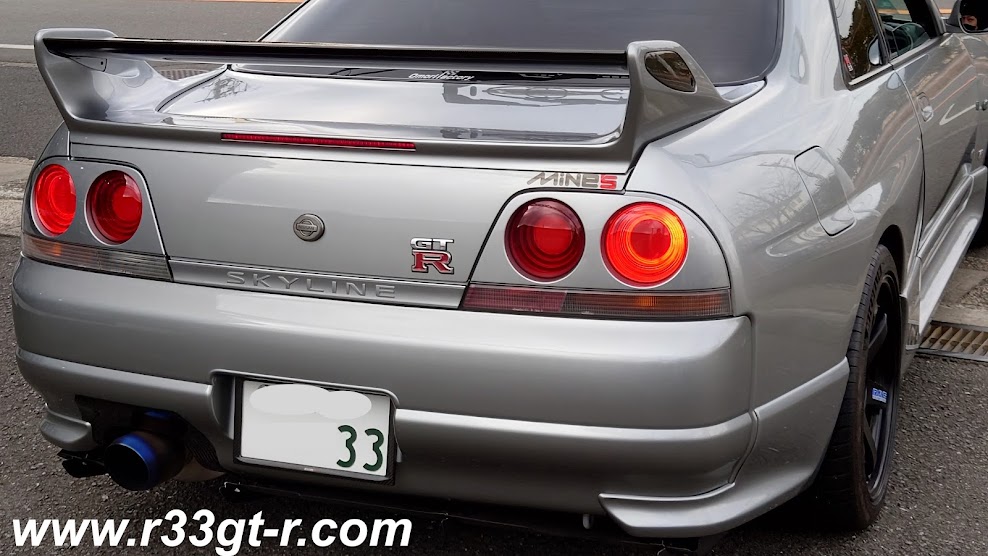So back to some car mods…
A while back, I had visited Robson Leather and had made some inquiries. As many of you also know, in addition to their wonderful
custom leather work, Robson also is known for their carbon fiber work –
specifically, their carbon fiber overlay work where they take a stock trim
piece, actually shave down the piece a few millimeters, overlay the carbon
fiber cloth and then coat with varnish.
Actually, over a dozen coats of varnish.
The advantage of shaving down the piece, of course, is so that the
dimensions of the piece do not change – most manufacturers of true carbon fiber
pieces simply overlay without shaving down – resulting in pieces that look “bulky”
due to the added, well, bulk.
There are other “carbon fiber” pieces out there as well –
but these are pieces that are either painted with carbon fiber patterns, or
even printed with carbon fiber patterns.
Here is an example of a piece with a printed carbon fiber
pattern – yes, the OEM cover for the 3 gauge cluster.
And here is an example of a painted carbon fiber trim piece –again
the same OEM cover.
OF course, the advantage of the painting/printing method is,
it allows for pieces with structures and shapes that are not conducive to
carbon fiber overlay to be “carbonized.” For example - these gauge cluster covers
actually have a small lip on the sides of the holes… and the holes themselves
are actually not equal in diameter!
There is of course one more type of “carbon fiber” which is
known as the “carbon fiber wrap” – that is, using 3M’s DIN-OC product imprinted
with a carbon fiber pattern – and I’ve used this too.
But in the end, there is no substitute from real carbon
fiber. Wet or dry, the real stuff is beautiful if done well.
And so – as one of my pet peeves about the R33 GT-R is how
cheap some of the interior materials are, I decided to replace the most glaring
problems, the imprinted carbon fiber trim.
The two pieces that are imprinted are, the plastic trim surrounding the
main gauges (tach, speedo, etc.) in the instrument cluster, and yes the
aforementioned 3 gauge cluster surround.
Here is a closeup of the imprint next to the speedo (taken from a close up of a Nismo gauge cluster).
This bothered me enough that I found, purchased and applied a thin carbon overlay - but not only did it now mismatch the stock 3 gauge cluster, it looked somewhat cheap.
So I was thrilled when the main cluster surround came out beautifully - the top piece is the overlay, and the bottom is the Robson version.
However, the 3 gauge cluster one took some time, because of
the difficult shape of the trim piece, as I noted above. But in the end, it came out very nice, and
any “flaws” I think can be justified by the hand made nature of the work! BTW - this was the first time EVER that Robson had attempted to carbonize this certain piece!
Installation is a straightforward affair – pop out the shift lever surround, unscrew the two screws holding the
dashboard piece cover, pop that off being careful to unhook all the wiring, then unscrew the 3 gauge cluster and the main gauges. For the main gauges, gently pop off the clear plastic cover to open up the cluster, then pop off the plastic gauge surround itself (ie the item that got carbonized). For the 3 gauge cluster, the front cover is plastic, so pop that off and replace with the carbonized piece. When done, reverse the above steps.
As for how the whole dash looks now - I'll have to show you in an upcoming post, as I've been so busy lately that I haven't seen my car in the daylight, and want to get a good shot of both pieces in the sunlight! Stay tuned!
PS I had mentioned in my link about my visit to Robson that I had conferred with them to do something unusual, something that had not been done before. That 3 gauge cluster trim was not it! Stay tuned
As for how the whole dash looks now - I'll have to show you in an upcoming post, as I've been so busy lately that I haven't seen my car in the daylight, and want to get a good shot of both pieces in the sunlight! Stay tuned!
PS I had mentioned in my link about my visit to Robson that I had conferred with them to do something unusual, something that had not been done before. That 3 gauge cluster trim was not it! Stay tuned








































